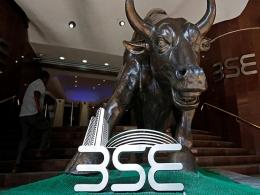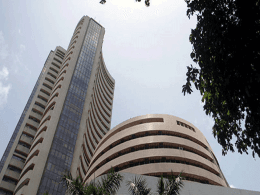Indians returned almost the entire amount of currency withdrawn in the government's note ban of November 2016, raising fresh questions over the purpose of a shock move that triggered a sharp slowdown in the economy.
In its annual report, the Reserve Bank of India said the total value of notes returned by the public was 15.3 trillion rupees ($216.7 billion) or 99.3 percent of the total of 15.4 trillion rupees of notes in circulation on November 8, 2016.
"The figures show the demonetisation exercise was flop," said a chief economist at a bank, who sought anonymity as the subject is a sensitive one. "Almost the entire amount came back, which showed that people were not hoarding money in cash."
Prime Minister Narendra Modi stunned India with his so-called demonetisation campaign that he said aimed to uncover unaccounted wealth and counterfeit money.
The old notes of 500-rupee and 1,000-rupee denomination ceased to be legal tender from Dec. 31, 2016.
The move hit India's growth, driving it to a three-year low of 5.7 percent in the June quarter of 2017, with several small businesses shutting down and many labourers losing their jobs.
However, Subhash Chandra Garg, the government's economic affairs secretary, told reporters the RBI data did not mean the effort was unsuccessful.
"I think demonetisation achieved its objective quite substantially," Garg said, declining to elaborate. "Let's not enter into debate on this issue."
The RBI also highlighted the upside risks to inflation from global crude oil prices strengthening expectations of another rate hike. India's July inflation rose an annual 4.17 percent, the ninth straight month in which it surpassed the RBI's medium-term target of 4 percent.
The upside risks to inflation in the rest of the year warrant a "continuous vigil and a readiness to head off those pressures from getting generalised", the central bank added.







